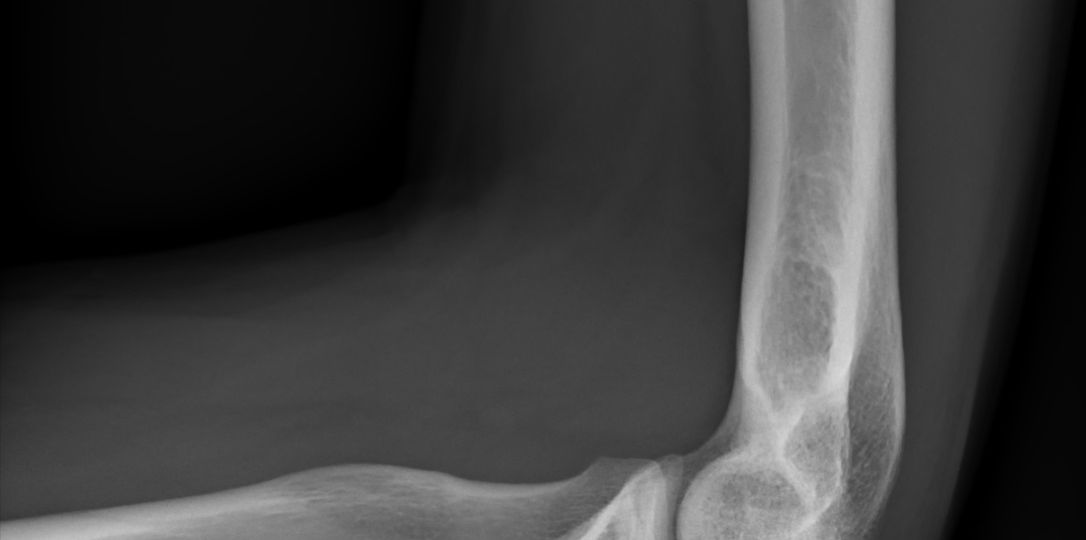
A complex distal humerus fracture is a difficult problem to fix, especially using conventional methods. This problem becomes even worse in comminuted low distal humerus fractures, where bones break into many pieces.
When you consider the importance of this area of the arm, you begin to understand why a break here can be so disastrous. A fracture in the lower end of the humerus is debilitating as it is one of three bones forming the elbow joint. These injuries are not only painful but reduce or completely impede movement.
Join us today as we take a closer look at the issue of distal humerus fractures and how to treat them with Toby Orthopaedics implants.
Anatomy Of The Distal Humerus
A distal humerus fracture is mostly a problem because the area in question makes up your elbow. And, as we all know, this is an area of your body with a lot of responsibility when it comes to our everyday movements. Elbow joints bend and straighten, similar to a hinge, making them central to forearm rotation. Everything you do with your arm, from turning your hand palm up and down to extending it becomes compromised.
Let’s take a closer look at this part of your arm. Your elbow is comprised of three bones:
- The upper arm bone (humerus)
- The thumb-side forearm bone (radius)
- The pinky-side forearm bone (ulna)
Distal humerus fractures occur from a break anywhere within the lower end of the humerus. Bones can crack just slightly or into many pieces. These pieces may line up perfectly or slip out of place, in the case of a displaced fracture.
In contrast to this, sometimes, the bone will break in a way that the fragments jut out through the skin. This is called an open fracture. Open fractures are obviously serious because, once you break through the skin, infection is much more likely. In these cases, immediate treatment is required to prevent infection.
Fortunately, distal humerus fractures are not entirely common. They make up roughly 2% of all adult fractures.
Causes and Symptoms
Most commonly, distal humerus fractures result from:
- A direct fall onto the elbow
- A direct blow to the elbow
- A fall onto an outstretched arm, where the elbow is held tightly behind it.
- Fractures caused by weakened bones. This is most common in older patients living with osteoporosis
Distal humerus fractures can be extremely painful, completely preventing elbow movement. Symptoms of a fracture can range from swelling, tenderness, and bruising to joint instability and, in rare cases, fractured bones breaking the skin.
Treatment
Proximal humerus plate system products from Toby Orthopaedics represent the next generation of fixed angle modular fixation. These revolutionary devices treat proximal humerus fracture injuries via targeted plate and screw configurations. For better mobility, they help to prevent varus collapse, lowering impingement risk and improving access to soft tissue attachments.
These devices cover a range of injuries, from simple two-part fractures to four-part fractures, which are much more complex. Available in six lengths, from 73mm to 220mm, as well as left and right configurations, this represents the new standard in fracture treatment.
For more on this implant, as well as the rest of our impressive product line, visit Toby Orthopaedics, and discover the best in orthopaedic implants, today.

